Spoiler warning: This review discusses plot details and story beats of the entire series. If you would like to avoid spoilers, please jump to the end of this article.
Celebrating Kamen Rider’s 50th anniversary and Kamen Rider Black’s 35th anniversary, Toei, in collaboration with Ishimori Productions, brings Kamen Rider Black Sun: a 10-part Amazon Prime Video series which was released on October 28, 2022, on the streaming platform worldwide.
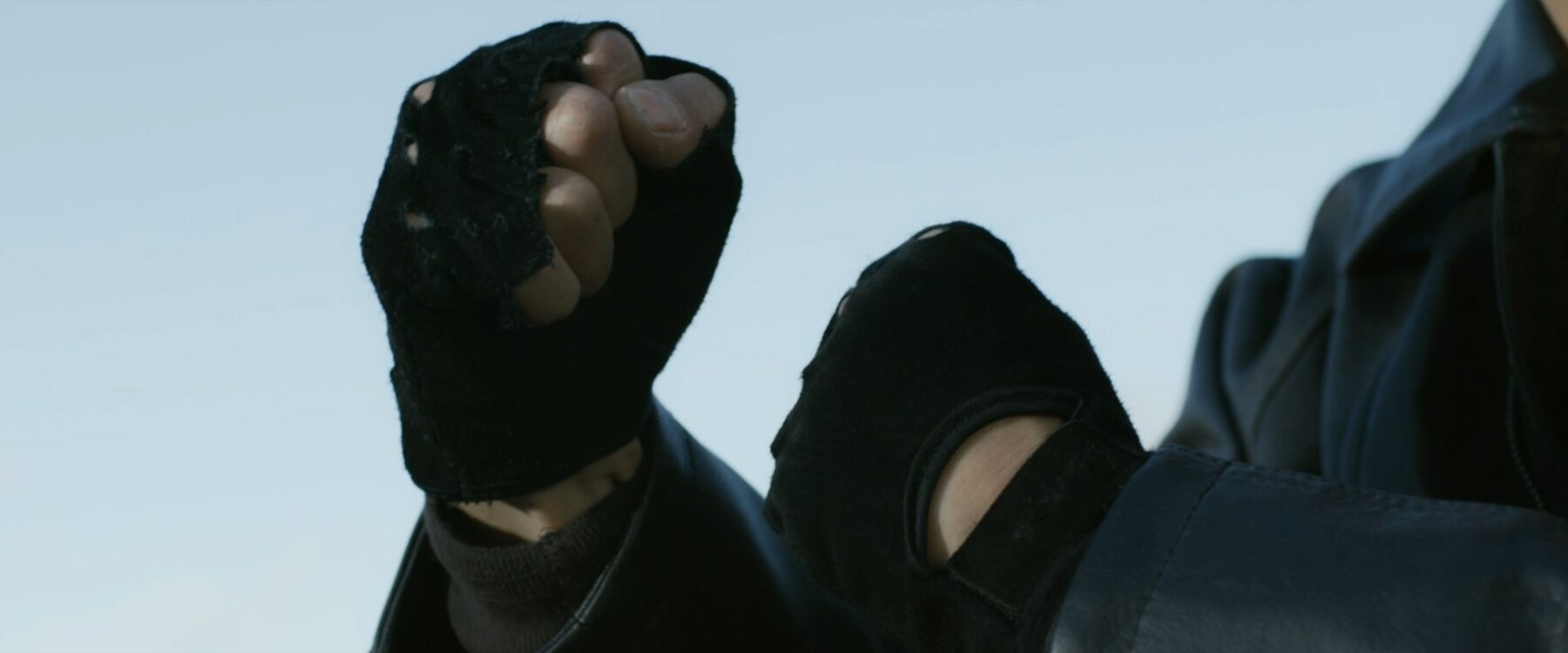
Kamen Rider Black Sun (仮面ライダーBLACK SUN) is a complete reimagination of the original Kamen Rider Black released in 1987. Kamen Rider Black, known in the West as Masked Rider, is a tokusatsu franchise featuring a titular superpowered character themed usually around an insect, but that has changed over time. One of the most iconic series from the franchise is Kamen Rider Black and its sequel Kamen Rider Black RX, the latter of which was picked up as the first Saban release of Masked Rider, which did not get the same love as its Power Rangers brothers.
Over in Japan though, Kamen Rider and its tokusatsu timeslot brethren Super Sentai have always held a light and humorous take on the superhero genre, one which has endured enough for nearly half a century. Though aimed mainly at kids, tokusatsu has occasionally flirted with mature themes, with both Super Sentai and Kamen Rider’s final episodes usually focused around a winner-takes-all, high-stakes final battle. Still, the portrayal of death is quite limited, and our toku heroes rarely kill, if ever. In recent times, we’ve seen numerous reimaginings going all the way back to 2005 with Kamen Rider The First and 2007’s Kamen Rider The Next.
Both were excellent takes on their source material and stayed loyal to what Kamen Rider is. Fast-forward years later and we get both Kamen Rider Amazons (Amazon Prime’s first Rider) together with Hideaki Anno of Neon Genesis Evangelion fame along with Shinji Higuchi joining up for the most stellar film release of a classic Japanese film yet with Shin Godzilla. Pardon the history lesson, but it’s vital that we set up the precedence for this show as Kamen Rider Black Sun follows in these films’ footsteps, and taking a source material as iconic as Kamen Rider Black is a big undertaking.

Kamen Rider Black Sun veers away from its Sunday morning counterparts as it opens up to a world where racism is taken to a new extreme. Humans exist alongside Kaijins; altered humans created by other humans, brought upon by government scientific experimentations from 50 years ago.
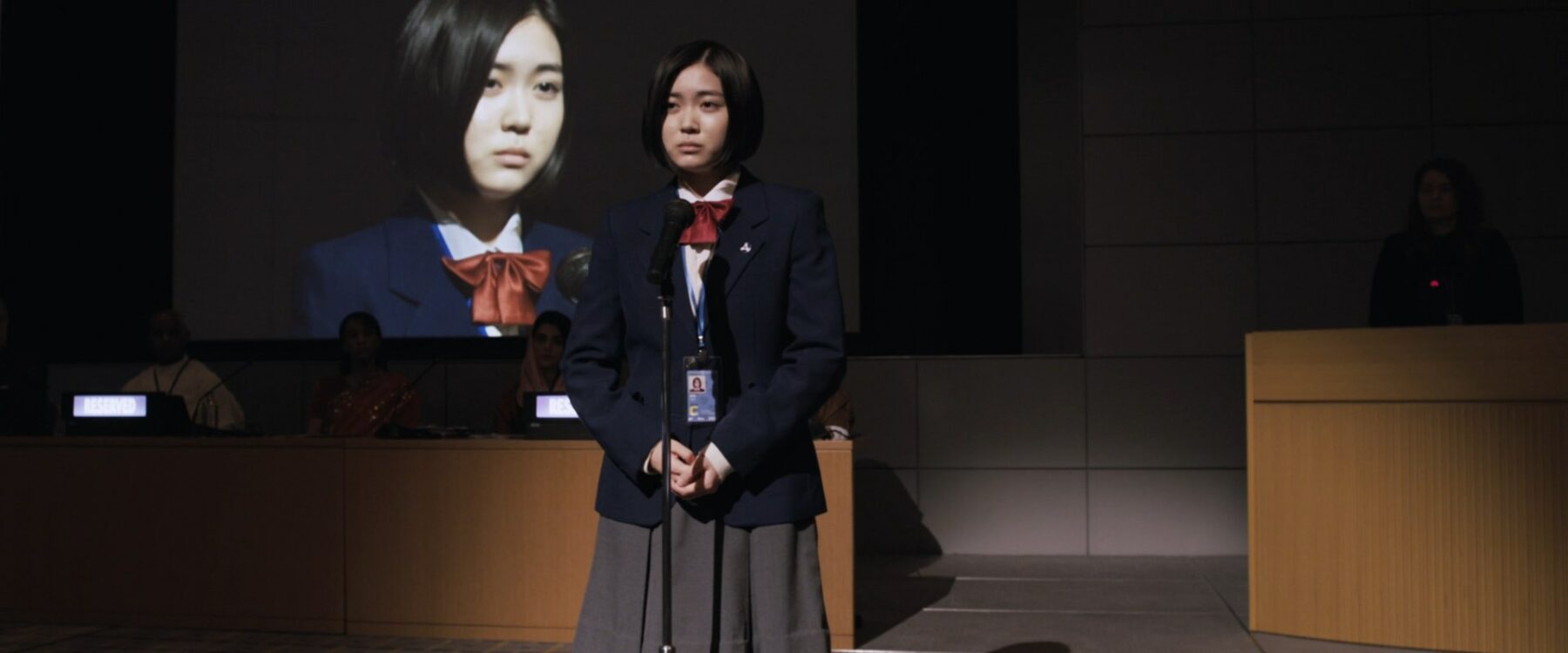
Aoi Izumi is an activist that wants to end racism towards Kaijins. She is not a Kaijin, and her parents, as introduced later in the story, aren’t either. She’s just a plain nice girl. We’re introduced to her speaking at a UN members’ meeting, which begins her journey into becoming a target of Gorgom, a political party under the current Prime Minister, Shinichi Dounami.
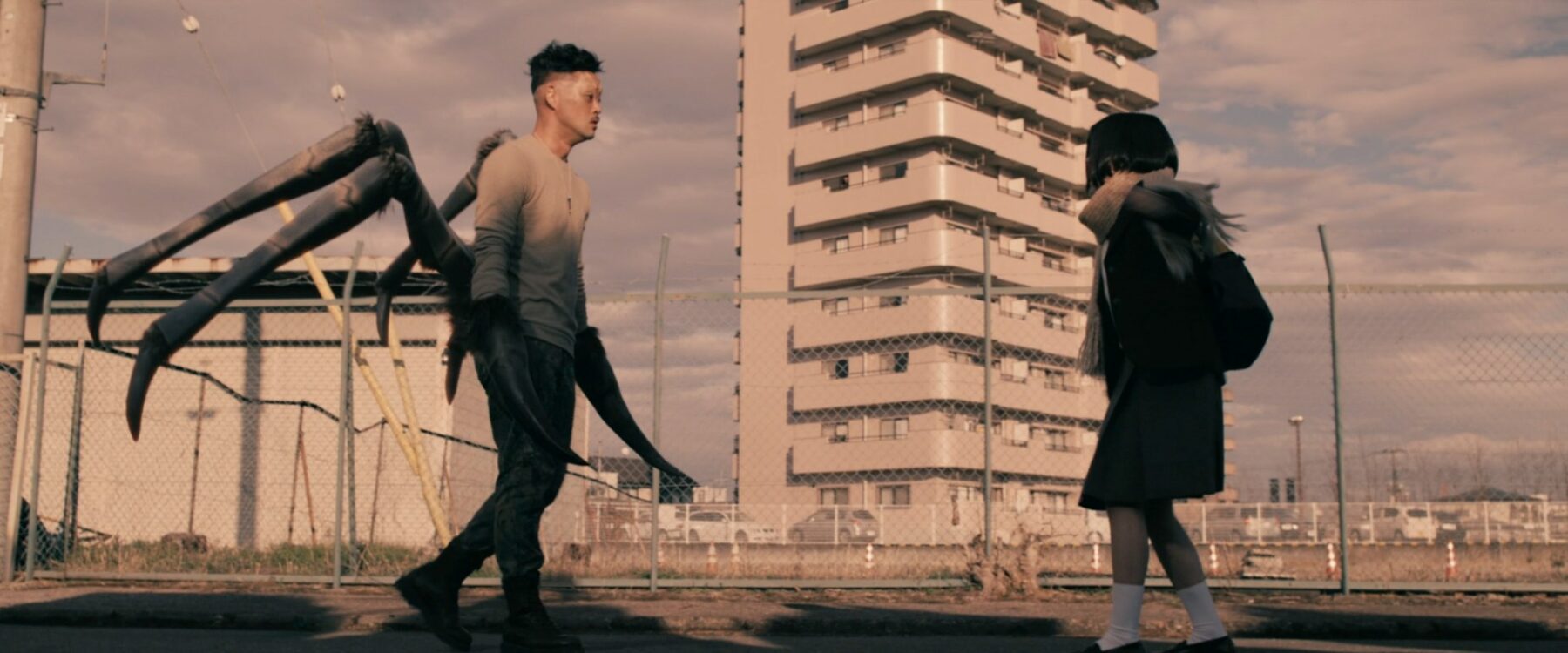
Gorgom thugs, eventually revealed to be Kaijin, track down Aoi, but she’s saved by Kotaro Minami, a tracker working bounties to get by. His next target is Aoi. When the Spider Kaijin reveals itself and stabs Kotaro, Kotaro transforms into Black Sun. Shunsuke is powerless against Kotaro, and Kotaro takes Aoi with him. Before taking her, Kotaro discovers Aoi’s necklace, which glows after he touches it. Cutting away to Gorgom’s HQ, a prisoner is shown transforming into a similar form to Black Sun but with a silver carapace and green eyes. This is revealed to be Shadow Moon, aka Nobuhiko Akizuki, Kotaro’s childhood best friend and brother of sorts. Gorgom’s High Priest members are also alerted to the stone’s reaction, and this reveals Black Sun’s presence to them and confirms he’s still alive. This encounter sets up the tangled web of character stories that will feature primarily in this tight cast for Kamen Rider Black Sun.
Following this, the show will follow a somewhat similar format to classic Kamen Rider shows with a monster-of-the-week feature while telling a story in two timelines. For those familiar with Kamen Rider, this is similar to Kamen Rider Kiva, where the story takes place in two timelines: in Black Sun’s case, it’s 2022 and the 1970s. The episodes go back and forth, telling the story of how Gorgom came to be and what Kotaro and Nobuhiko’s involvement with Gorgom was. As the story progresses, all these threads that connect our characters intertwine, ultimately leaving a tangled mess of what motivates which character. Even Nobuhiko and Kotaro aren’t safe from this, as Nobuhiko, despite his newly found motivation in 2022, only joined Gorgom because he was trying to hook up with a girl, Yukari.
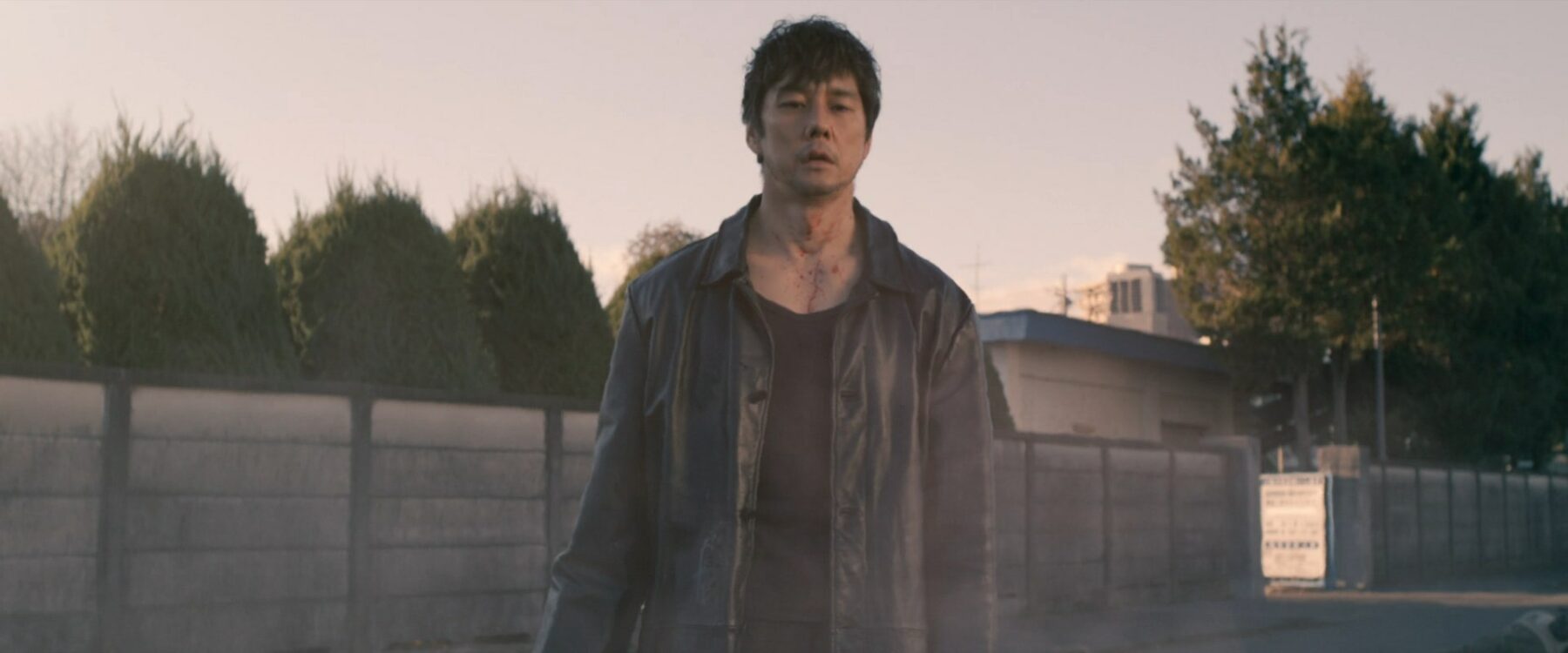
Yukari, along with Oliver Johnson, Bishum, Baraom, Darom, Koumori, Bilgenia, Black Sun, and Shadow Moon, comprise the original Gorgom. A group of Kaijin rights activists from the 70s includes a young and brash Shinichi Dounami, grandson of then-Prime Minister Michinosuke Dounami. Being the sly politician himself, the elder Dounami offers a deal to Darom. A rift in Gorgom creates two factions within: Darom’s group and Yukari’s group. Both groups believe what they’re trying to do is for the good of all Kaijins, with Darom’s group subjugating themselves to Dounami while Yukari’s group intends to kill the Creation King, the source of all Kaijin, and one that would end Kaijins forever. This will allow existing Kaijins to live out their lives, but no Kaijins will ever be born. Darom’s plan, on the other hand, allows Kaijins to live continuously as they are but at the mercy of the government.
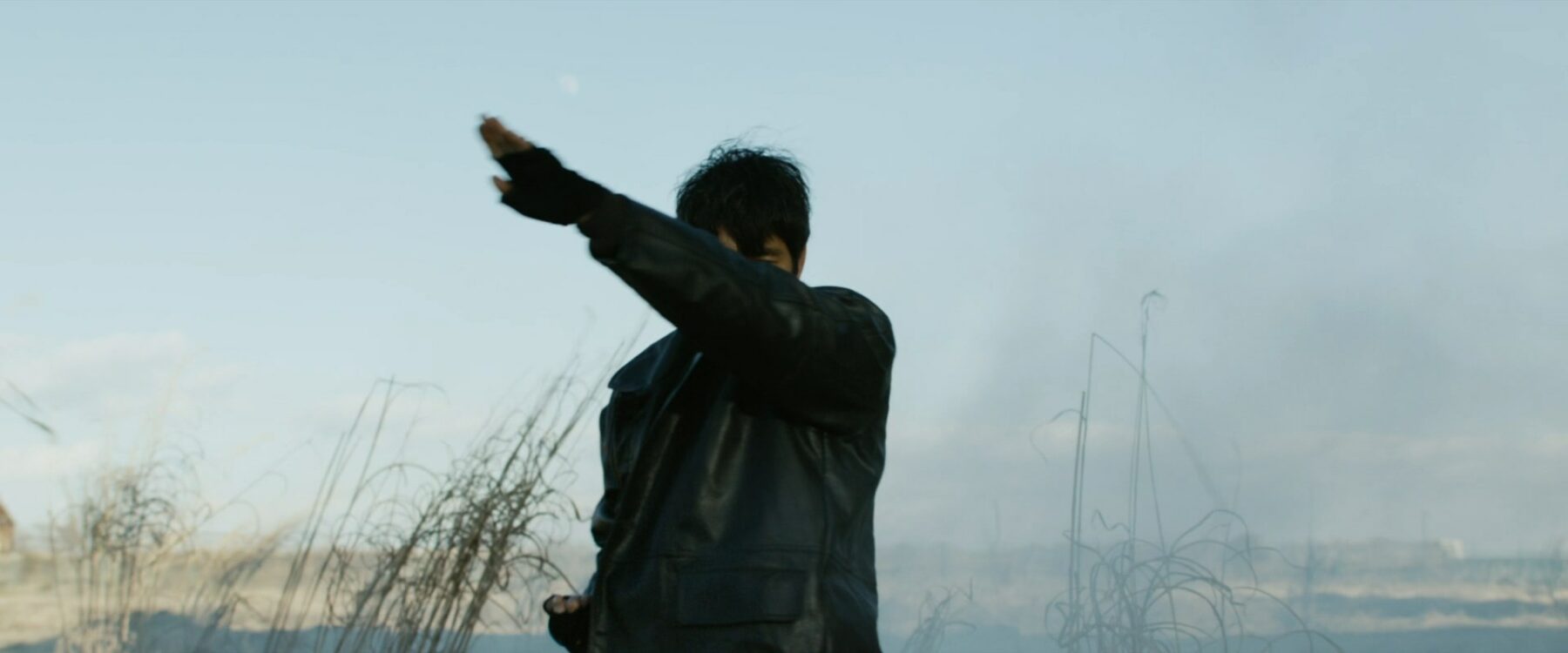
This narrative choice, alongside its vast cast, is terribly laid out, and as likable as some of them are, it’s hard to keep track of which character actually matters. This is all set up in a backdrop of political corruption, social discrimination, and betrayal. Although if you focus solely on Black Sun and Shadow Moon, it does get easier. Ultimately, it’s a very dark Kamen Rider series and one that doesn’t shy away from showing violence onscreen while tackling social issues and politics head-on.
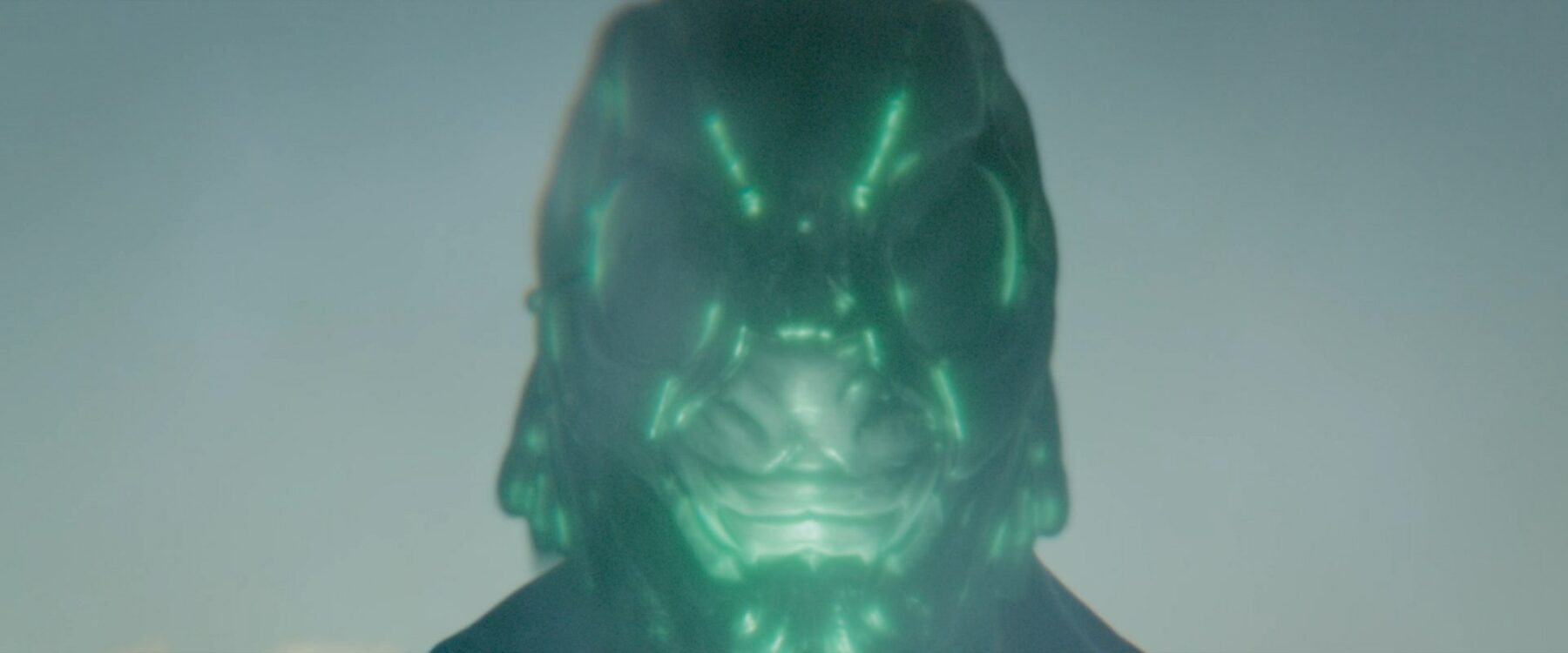
Much of the hallmark that defines this series are its callbacks to the original material. From the first henshin pose to the transformation sequence to a true Kamen Rider, Black Sun follows beat for beat many of the greatest scenes from the original Kamen Rider Black. Some notable scenes include Road Sector’s revival scene and of course, a special treat for fans with the opening theme of Kamen Rider Black serving as episode 10’s opening itself, following beat for beat the entire opening sequence as a tribute while original actor Tetsuo Kurata sings the opening song in the background.
The weight of the previous episodes all comes to a head with the emotional gut punch that is episode 10. No noise from background characters, just two men with different ideals. It’s as emotionally charged as any Kamen Rider show can get and, despite being a cliché, has all the emotional investment all nine episodes carried within it. A proper final episode which sees proper closure to our main characters.
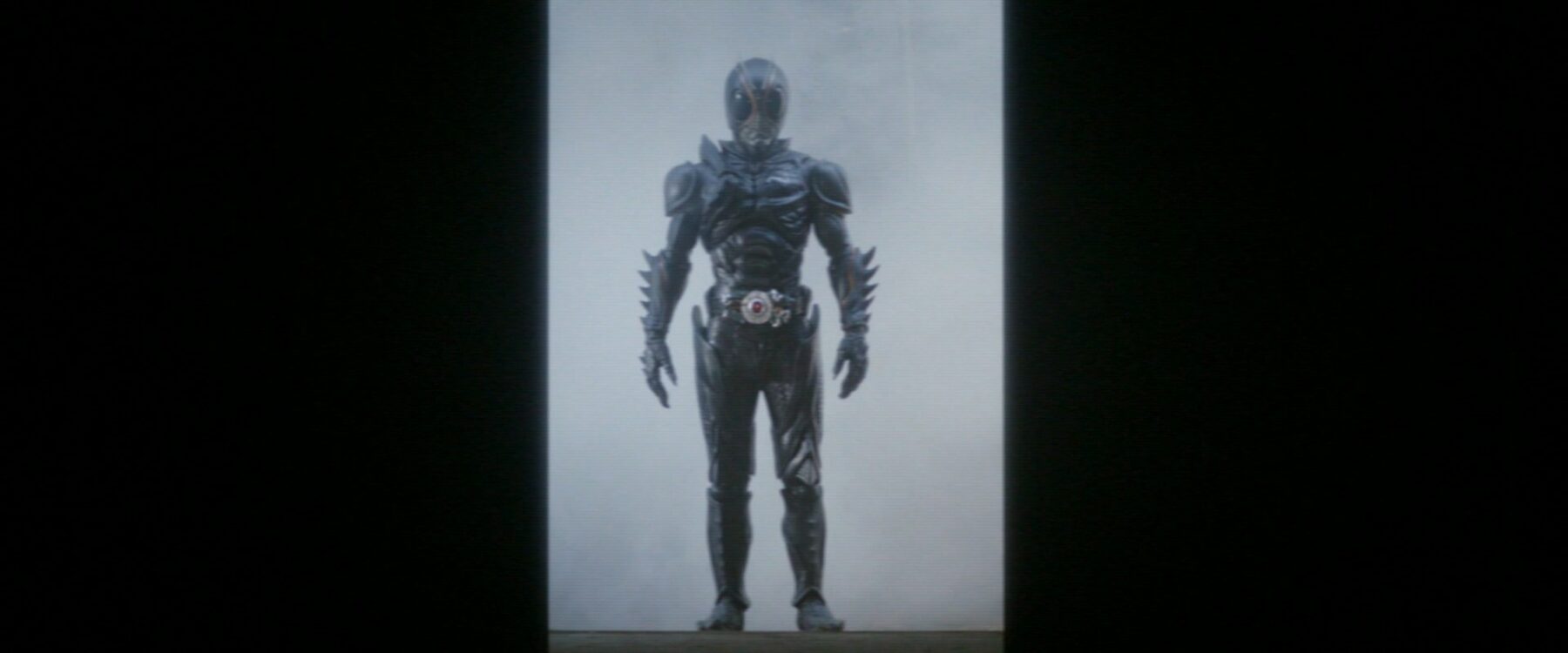
Kamen Rider Black Sun features great cinematics in the film but avoids heavy grading like The First, but still tastefully done. Photography looks distinctly Japanese and despite the obvious limited sets, they manage to create a community enough to replicate nationwide issues. Still, eagle-eyed viewers may find the relative reuse of characters tiring and uninspired. To its credit, Black Sun takes indoor fights to the next level, which, unlike its goofy Sunday morning show counterpart, heavily relies on practical effects and well-used CGI. It does forego Kamen Rider staples such as punching through walls or throwing off enemies to a distant construction yard. Although with most of the fighting heavily in Gorgom’s building, it does get tired, although motivated by the plot.
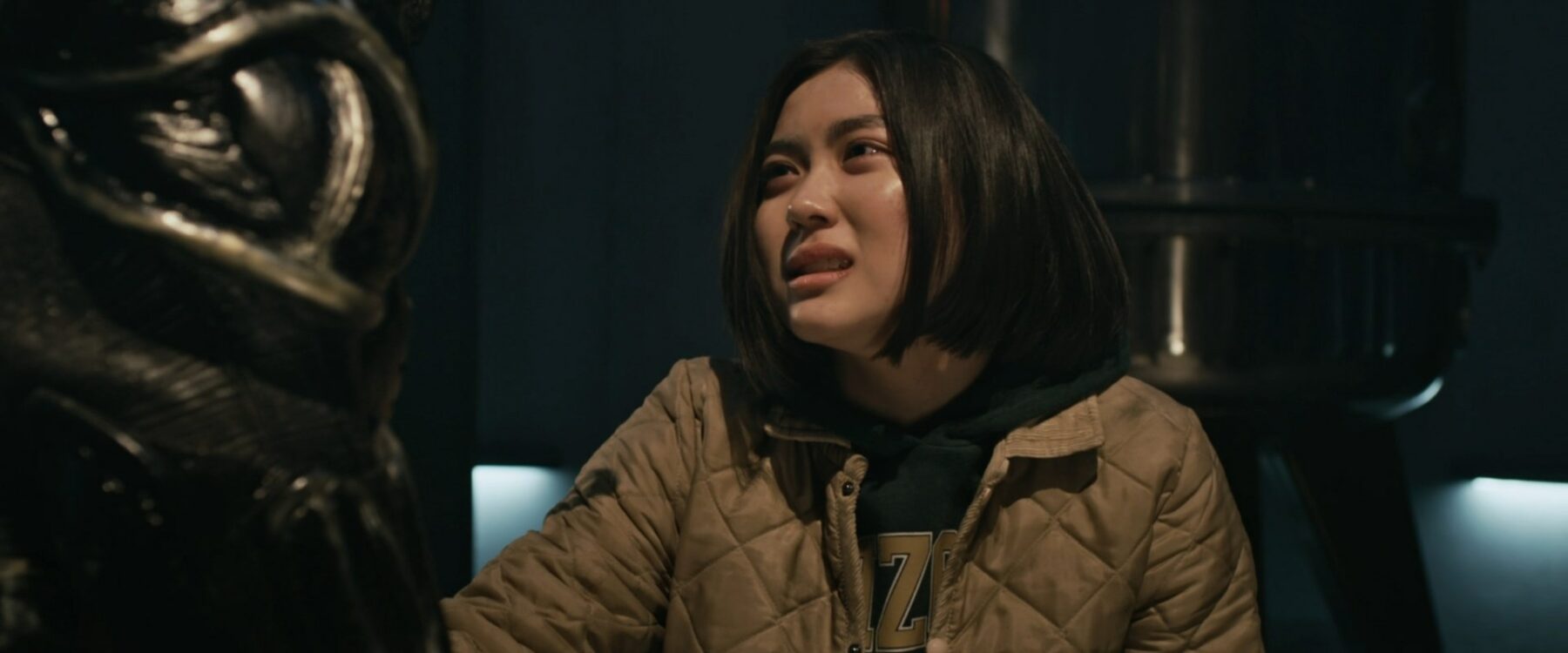
If there’s one thing this show is guaranteed to leave a mark on you, it’s the soundtrack. The score is excellent, and Black Sun’s main theme is quite memorable. Sprinkled at just the right scenes, the entire soundtrack is tastefully mixed into scenes that matter, and while not a vast soundtrack, it’s going to leave you with the same satisfaction as the original Kamen Rider Black’s opening theme which opens each episode. The ending song does feel a bit flat, but as a binge-series, it’s usually skipped. It’s not a bad song but in this era, only a few songs really get that playworthy treatment despite the “next episode” loading bar.
CONCLUSION
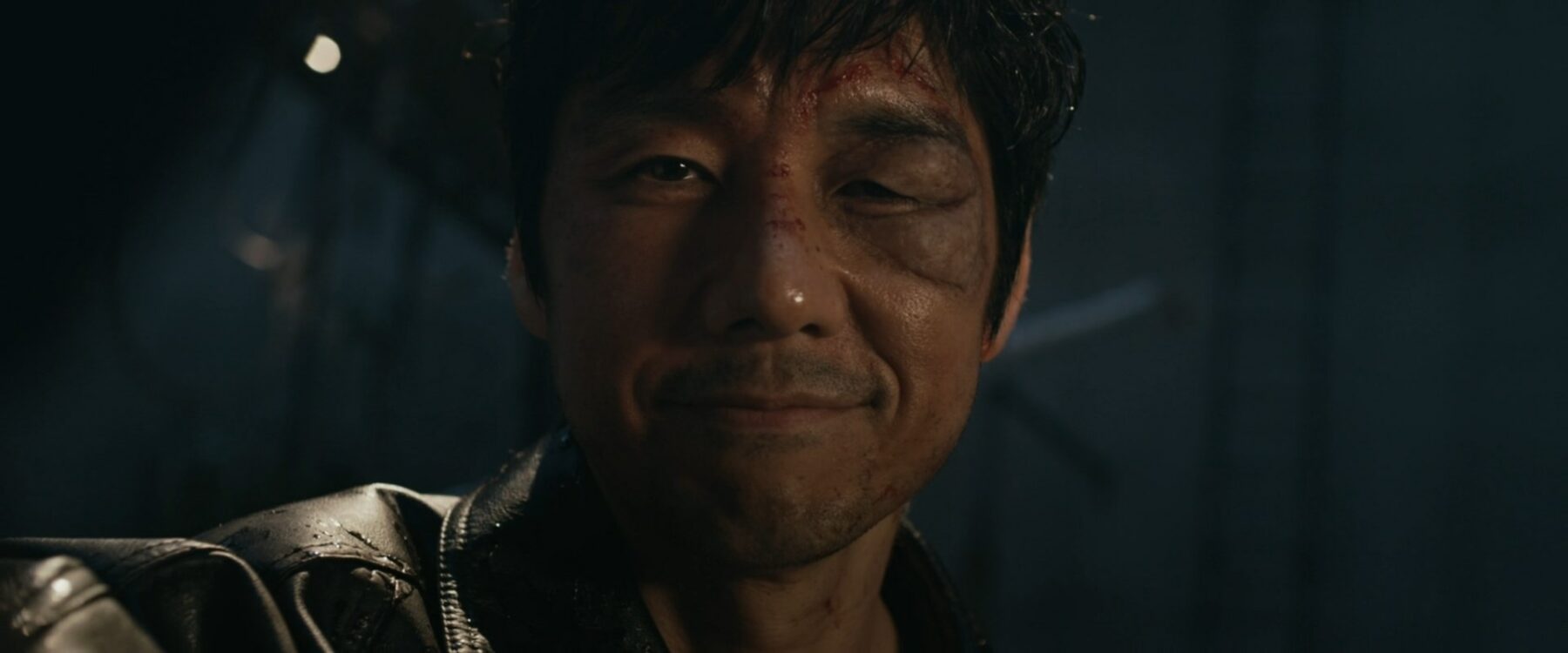
Kamen Rider Black Sun is a polarizing show. If you’re a fan of the original and demand loyalty in any derivative, you will be disappointed with this show. But as a derivative, it does have the right to be whatever it wants. Kamen Rider Black Sun chooses to be a social commentary series that focuses on current events with just the right amount of testosterone but ultimately something that could’ve been done in two hours. Black Sun didn’t need to have its extensive runtime and took its sweet time to tell a story for even the smallest characters, yet skipped ones that don’t make sense (Kujira).
Despite its long runtime, the upside to this is there’s more on-screen realization of something many Kamen Rider shows have shied away from: a brutal battle between Riders with actual blood and gore, yet still keeping a noble sense of ideal to our main characters. All while adorned with a great soundtrack. A strong leading cast anchors the viewers to the main plot while it struggles to keep character arcs from unraveling.
It may not be the ideal Kamen Rider Black Sun that purists want, but as a standalone Kamen Rider show, it has enough merit to stand on its own.


